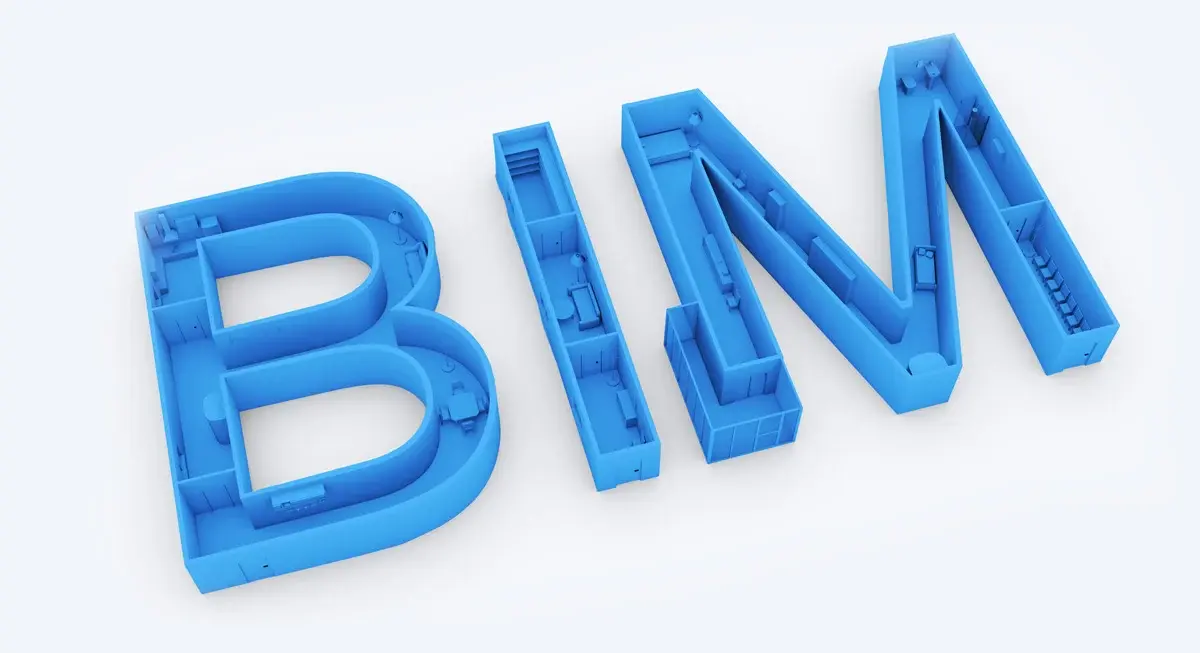
Learning BIM no longer requires putting your education or career on hold. Today’s BIM courses are designed to support busy professionals and students with self-paced, remote learning models. According to a report by the National Center for Education Statistics, 74 percent of part‑time undergraduate students were employed in 2020.
Balancing responsibilities can be challenging, but with structured BIM training and the right time management strategies, both students and working professionals can gain BIM software skills that lead to career advancement. Digital upskilling platforms now integrate collaborative BIM environments, helping learners build hands-on experience while staying aligned with industry workflows and deadlines.
Is it realistic to learn BIM while studying or working full-time?

Learning BIM for students or BIM for professionals alongside a full-time schedule is highly realistic and achievable, thanks to flexible and online BIM courses. These programs offer modular, targeted lessons that can fit into busy routines, whether you’re pursuing Revit learning or gaining broader BIM knowledge. With self-paced platforms, project-based curriculum, and AI-driven BIM tools, learners can efficiently acquire skills without compromising work or studies.
Here’s how learners make it work:
- Modular learning allows short, focused study sessions during limited free time.
- Self-paced platforms let you progress according to your availability.
- Project-based curricula provide hands-on experience to strengthen BIM skills.
- AI-driven BIM platforms tailor lessons and offer real-time guidance.
- Time-efficient course designs make them ideal for professionals and students alike.
By using these flexible approaches, both students and professionals can steadily build expertise in BIM without disrupting their main commitments. With proper planning and consistency, mastering BIM becomes not only realistic but also a highly rewarding career investment.
What challenges do students and professionals face while learning BIM?
|
Challenge |
Solution |
|
Limited time due to work or school hours |
Choose self-paced BIM courses with flexible deadlines. |
|
Steep learning curve for technical tools |
Begin with beginner-friendly BIM software platforms, such as Revit. |
|
Difficulty staying motivated |
Set weekly goals and track progress using digital planners or reminders. |
|
Lack of access to resources or mentorship |
Enroll in programs like Novatr, which offer guided mentorship and community. |
|
Juggling multiple priorities |
Allocate fixed study slots during low-commitment periods (e.g., weekends). |
Overcoming these obstacles involves creating a realistic plan and leveraging course formats that accommodate real-life schedules. With the right tools and mindset, BIM learning flexibility becomes achievable.
Also Read: Architecture Thesis Topics: A Comprehensive List of 30 Topics to Pick From 2025
How much time does it take to become proficient in BIM?

Becoming proficient in BIM software depends on the depth of skill you aim to acquire. For foundational BIM skills, learners typically require 3 to 6 months of consistent part-time study (5–10 hours per week). This timeframe aligns with most standard BIM certification programs that offer flexible pacing.
For those pursuing Revit for architects, focused Revit learning over 10–15 hours per week can lead to intermediate proficiency in just 3 months. If you're balancing other commitments, it’s realistic to extend this period to 6–9 months while maintaining progress.
Novatr’s courses, for instance, are structured around project-based learning, allowing you to apply concepts in real-world settings without needing full-time availability, while also highlighting the benefits of BIM, such as improved collaboration, faster workflows, and reduced design errors. This helps solidify your BIM knowledge even with part-time study routines.
Additionally, the adoption of AI-enhanced BIM tools accelerates skill acquisition by automating complex processes and providing intelligent guidance.
What flexible learning options are available for busy schedules?
Many online platforms offer remote BIM learning to accommodate tight schedules. Here are five popular options tailored for students and professionals:
-
Novatr – The BIM Professional Course for Architects by Novatr offers structured, industry-relevant BIM training with guided mentorship and flexible scheduling. Ideal for career-focused BIM upskilling for architects. Their use of AI-curated learning paths and project-based modules ensures architects stay updated on evolving industry standards.
-
LinkedIn Learning – Features bite-sized BIM courses and software tutorials suitable for absolute beginners. It also uses algorithm-driven recommendations to personalize your learning experience.
-
Coursera – Partners with institutions to deliver foundational and advanced BIM topics, often with certification. Learners can track progress using adaptive learning dashboards and AI-integrated assessments.
-
Udemy – Offers affordable Revit learning and BIM software training with lifetime access. The AI-powered course suggestions help target your exact BIM skills gap.
-
edX – Provides accredited BIM certification programs, especially beneficial for professionals seeking formal credentials. Some courses now integrate BIM automation workflows using AI tools.
These platforms emphasize self-paced BIM courses that learners can adjust around work shifts or study breaks. This type of flexibility supports steady progress without overwhelming your schedule.
What tips can help you balance BIM learning with other commitments?

Balancing college or a job with BIM training requires structure, discipline, and the right resources. Here are strategies to help you succeed:
-
Set Clear Weekly Goals: Define small, measurable learning objectives. For example, complete one Revit for architects module per week.
-
Use Time Blocks: Schedule specific blocks during evenings or weekends dedicated solely to learn BIM.
-
Track Progress: Use apps or journals to track your study hours and completed topics. This maintains momentum.
-
Leverage Community Forums: Join the BIM for students or the BIM for professionals groups for support and accountability.
-
Choose Modular Courses: Opt for programs that break down BIM knowledge into short, independent topics.
-
Optimize Your Study Environment: Create a dedicated, distraction-free workspace, even if it’s just a small desk corner.
-
Celebrate Milestones: Recognize progress at each certification level to stay motivated.
These practical tips make BIM learning flexibility a sustainable goal even for those with packed schedules.
Conclusion
Developing BIM skills while managing a full-time job or academic schedule is entirely possible with a structured approach. By selecting flexible BIM courses, setting clear goals, and committing to consistent learning hours, learners can efficiently build their BIM knowledge over time. Platforms like Novatr offer guided pathways that support both students and professionals, making career advancement with BIM more accessible. With determination and the right resources, balancing BIM training with other responsibilities becomes a realistic and rewarding goal.
Unlock your architectural potential with the BIM Course for Architects by Novatr and gain hands-on experience, master Revit for architects, and elevate your career with flexible, expert-led training tailored to your schedule.
Visit our resource page for more expert guidance, resources, and career tips.
Also Read: Top 7 Places to Learn BIM (Building Information Modelling)
FAQs
1. Is it possible to learn BIM part-time while studying or working full-time?
Yes, many platforms offer self-paced BIM courses that cater to BIM for students and BIM for professionals. These formats support learners with busy schedules.
2. How much time per week is needed to learn BIM effectively?
Dedicating 5–10 hours weekly is typically sufficient to build strong BIM skills and complete most BIM certification programs.
3. Are there flexible or self-paced BIM courses for busy professionals and students?
Yes, Novatr, Coursera, Udemy, LinkedIn Learning, and edX provide remote BIM learning options that support personalized pacing and focused BIM training. Many self-paced BIM courses and remote learning platforms are designed to support learners who have academic or professional responsibilities. Remote BIM learning platforms like Novatr cater specifically to busy students and professionals.
Was this content helpful to you



.jpg)







